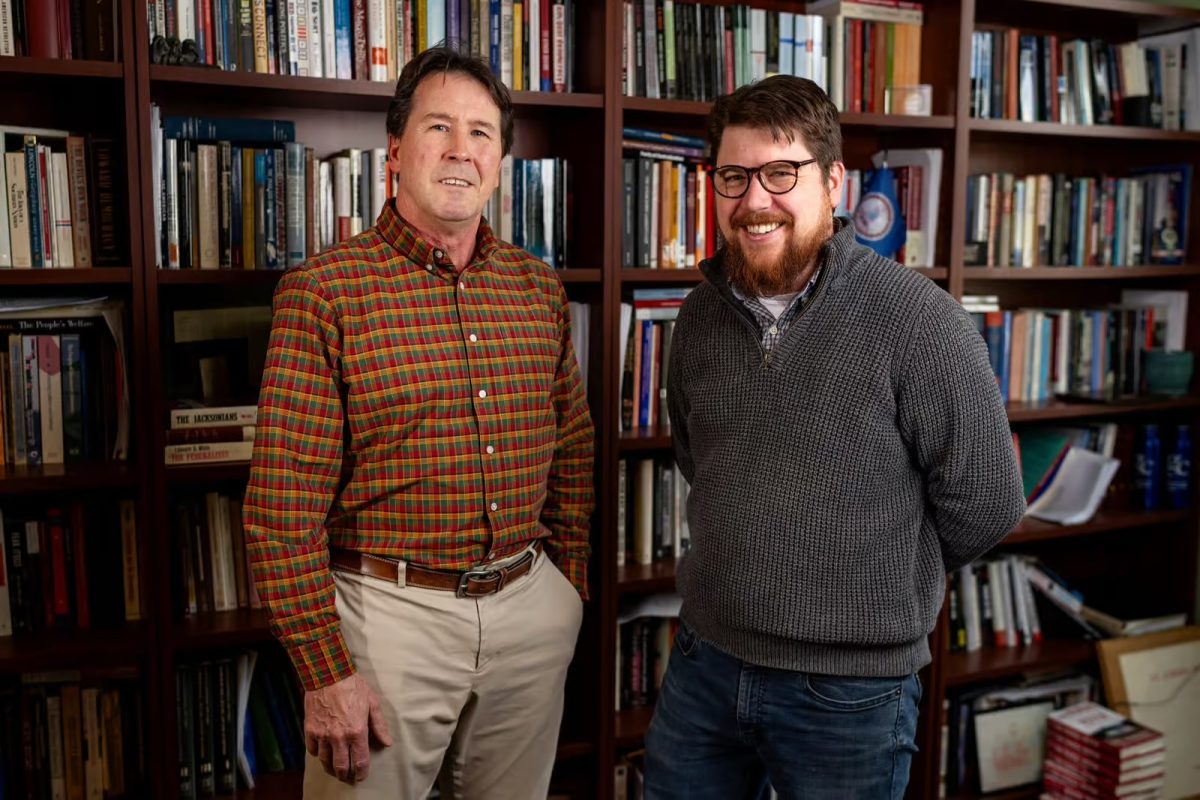Dance Movement Therapy may transform stress relief
February 10, 2000
Dance Movement Therapy (DMT) could be a preventive method used in reducing test anxiety, which is good news for Iowa State students.
A recent article in the American Journal of Dance Therapy said that when an experimental group engaged in DMT, they demonstrated a greater reduction in test anxiety than the group that did not receive DMT.
The American Dance Therapy Association defines Dance Therapy as “the psychotherapeutic use of movement as a process which furthers the emotional, cognitive, social and physical integration of the individual.”
DMT is used at many schools, hospitals, rehabilitation centers, correctional facilities and even day cares to treat a wide variety of conditions.
Some of these conditions include eating disorders, sexual and physical abuse, autism and substance abuse.
“It’s used across the entire spectrum of health care,” said Sally Totenbier, chairperson for the PR Committee of the American Dance Therapy Association. “Trained therapists in the field of DMT work with individuals who have problems in various areas of health and wellness. They work with people of all ages in groups or individually.”
Currently, Iowa State does not offer classes in dance therapy. However, local dance experts believe dancing itself can be quite therapeutic.
Janice Baker, professor of dance, said that at times health care can become too technical and serious and sometimes seems limiting.
“Dance can provide great alternatives to typical treatments,” Baker said.
Professor of dance Laurie Sanda said that students are interested in DMT.
“If we could get the support that we need for a program like this it would be great because we would be providing the only program in the state,” Sanda said. “There are a lot of things that we would love to teach, but we just don’t have the faculty or the support.”
She said that even though dance therapy classes are not offered here at Iowa State, other dance classes are available and can be helpful in reducing stress.
“The personal interaction that you get from a dance class is great,” Sanda said. “You’re not just a number in the classroom; your professor will actually know your face and name.”
“Dancing of any sort is a great way to get physical activity and to have fun,” Sanda added. “It lets you get away from the norms of everyday life.”






